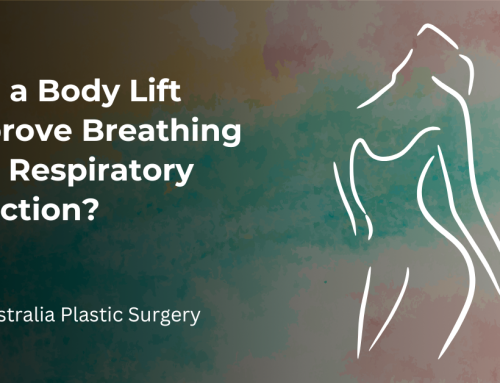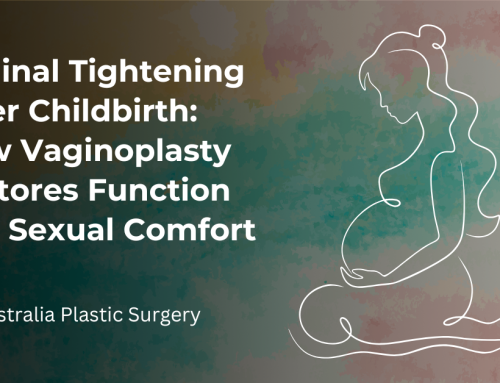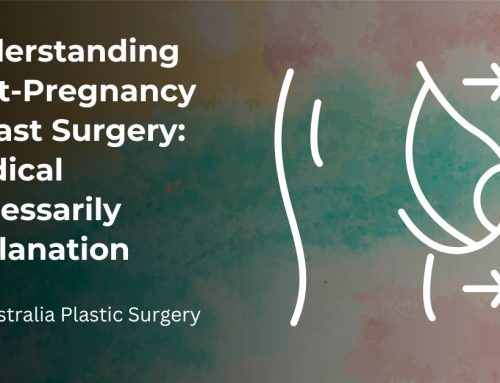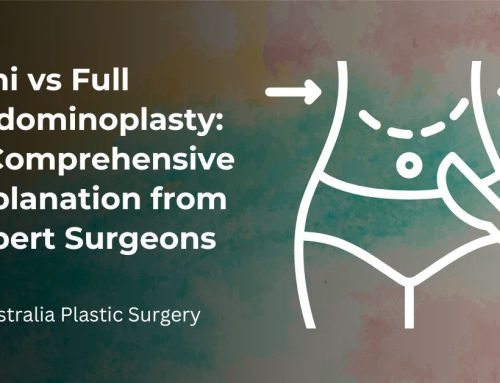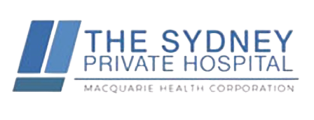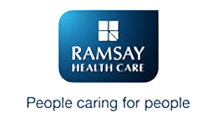The Connection between Back Pain and Overly Large Breasts
For some women, overly large breasts can be a source of discomfort and pain, particularly in the lower neck and upper back region. The weight of heavy breasts exerts constant pressure on the shoulders, neck, and upper back, potentially leading to chronic pain and other long-term issues. Carrying the extra weight of large breasts can cause poor posture, muscle strain, and even spinal misalignment. As the body attempts to compensate for the added weight, it can lead to a variety of musculoskeletal problems, including:
- Chronic back pain
- Neck pain
- Shoulder pain
- Headaches
- Tingling or numbness in the arms and hands
Additionally, the constant strain on the back muscles can contribute to the development of conditions such as scoliosis (curvature of the spine) or kyphosis (rounding of the upper back). These conditions can further exacerbate the pain and discomfort associated with overly large breasts.
It’s important to note that the severity of back pain can vary from person to person, depending on factors such as breast size, body frame, and overall health. However, for many women, the discomfort and limitations caused by overly large breasts can impact their daily activities. In this blog post, Sydney Plastic Surgeon Dr Mark Kohout will discuss the connection between overly large breasts and back pain, as well as a surgical solution to reduce the size of the breasts – breast reduction (reduction mammoplasty) surgery.
Benefits of Breast Reduction Surgery for Back Pain Relief
Breast reduction surgery, also known as reduction mammaplasty, is a surgical procedure that can provide relief for women suffering from back pain and other physical discomforts caused by overly large breasts. It is important to state that neck and back pain may have multiple reasons, but large and heavy breasts can contribute to it. Conversely, removing breast weight may not completely fix back pain.
However, by removing excess breast tissue and skin, this procedure can alleviate the strain on the back, neck, and shoulders, leading to a range of potential benefits.
- Reduced back, neck, and shoulder pain: One of the most commonly mentioned benefits of breast reduction surgery is the relief from chronic back, neck, and shoulder pain. By reducing the weight and strain on these areas, some women experience a significant improvement in their overall comfort levels.
- Improved posture: Large breasts can cause poor posture as the body tries to compensate for the added weight. Breast reduction surgery can help with improved ability to stand and sit upright, leading to better spinal alignment and reduced strain on the back muscles.
- Increased mobility and physical activity: The discomfort and limitations caused by overly large breasts can make it challenging to engage in physical activities or exercise. Breast reduction surgery can alleviate these limitations, allowing for greater mobility and the ability to participate in various activities without discomfort.
- Reduced skin irritation and rashes: Heavy breasts can cause skin irritation, rashes, and even infections in the areas where the breasts rest on the body. Breast reduction surgery can alleviate these issues by reducing the weight and pressure on the skin.
How Breast Reduction Surgery Works
Breast reduction surgery is a surgical procedure performed under general anaesthesia. The specific techniques used may vary depending on your surgeon’s preference and your needs. However, the general process involves the following steps:
- Incision: Your surgeon makes incisions around the areola (the pigmented area surrounding the nipple) and may extend the incisions vertically or horizontally, depending on the desired outcome and the amount of tissue to be removed.
- Tissue removal: Excess breast tissue, fat, and skin are carefully removed from the breasts. The amount of tissue removed depends on the desired breast size and your individual goals.
- Nipple and areola repositioning: In some cases, the nipple and areola may need to be repositioned higher on the breast to achieve a more natural result.
- Breast reshaping: After the excess tissue has been removed, the remaining breast tissue is reshaped and lifted to create a more proportionate appearance.
- Incision closure: The incisions are closed with sutures, surgical tapes, or skin adhesives, and the breasts are wrapped in a supportive dressing or surgical bra.
The entire procedure typically takes two to four hours, depending on the complexity of the case and the amount of tissue being removed and I generally recommend staying in the hospital overnight for aftercare.
Factors to Consider Before Undergoing Breast Reduction Surgery
While breast reduction surgery can provide relief from back pain and other physical discomforts, it’s essential to carefully consider several factors before undergoing the procedure. These factors include:
- Medical history and overall health: Your surgeon will evaluate your medical history, including any pre-existing conditions, medications you’re taking, and your overall health status. Certain medical conditions or medications may increase the risks associated with surgery or affect the healing process.
- Age and lifestyle: Breast reduction surgery is generally recommended for women who have completed their breast development and childbearing. However, some women may choose to undergo the procedure at a younger age if their symptoms are severe. Your lifestyle, including physical activity levels and occupational demands, will also be considered.
- Breast size and desired outcome: The amount of breast tissue to be removed will depend on your current breast size and the desired outcome. Your surgeon will discuss your goals and expectations to ensure realistic and achievable results.
- Potential risks and complications: As with any surgical procedure, breast reduction (reduction mammoplasty) surgery carries potential risks and complications, such as bleeding, infection, scarring, and changes in nipple or breast sensation. Your surgeon will explain these risks in detail and ensure you understand them before proceeding.
- Recovery time and post-operative care: Breast reduction surgery requires a recovery period of several weeks to allow for proper healing. Your surgeon will provide you with detailed instructions for post-operative care, including restrictions on physical activity, wound care, and follow-up appointments.
- Insurance coverage and costs: Depending on the severity of your symptoms, breast reduction surgery may be covered by Medicare and private health insurance. It’s important to discuss the costs and insurance coverage with your surgeon’s team and the insurance provider before proceeding.
Preparing for Breast Reduction Surgery
Proper preparation is important for a successful breast reduction surgery and a smooth recovery process. Here are some steps you can take to prepare:
- Consultation and evaluation: Schedule a consultation with a plastic surgeon who regularly performs breast reduction surgery. During this appointment, the surgeon will evaluate your medical history, discuss your goals and expectations, and provide you with detailed information about the procedure, risks, and recovery process.
- Obtain necessary medical clearances: Depending on your age and overall health, your surgeon may require you to obtain medical clearances from other healthcare providers, such as a cardiologist. These clearances ensure that you are in good health and able to undergo surgery safely.
- Arrange for help during recovery: Breast reduction surgery requires a recovery period of several weeks, during which you may need assistance with daily activities and household tasks. Make arrangements for help from family members, friends, or professional caregivers.
- Stop smoking and adjust medications: If you smoke, your surgeon will likely advise you to quit smoking several weeks before and after the surgery, as smoking can impair healing and increase the risk of complications. You may also need to adjust or temporarily stop taking certain medications, as directed by your surgeon.
- Prepare your home for recovery: Set up a comfortable recovery area in your home, with easy access to necessities such as water, snacks, entertainment, and any necessary medications or supplies. Arrange for someone to assist you with transportation to and from the surgical facility.
- Follow pre-operative instructions: Your surgeon will provide you with specific pre-operative instructions, such as dietary restrictions, medication adjustments, and guidelines for grooming and hygiene before the surgery. Following these instructions carefully is essential for a successful procedure and recovery.
Potential Risks and Complications of Breast Reduction Surgery
It is essential to be aware of the potential risks and complications associated with the procedure. These may include:
- Bleeding: Some bleeding is expected during and after the surgery, but excessive bleeding can lead to complications such as haematoma (a collection of blood under the skin) or the need for a blood transfusion.
- Infection: As with any surgical procedure, there is a risk of developing an infection at the incision sites or within the breast tissue. Proper wound care and following your surgeon’s instructions can help reduce this risk.
- Scarring: Breast reduction surgery involves incisions, which will result in permanent scarring.
- Changes in nipple or breast sensation: Some women may experience changes in nipple or breast sensation, such as numbness, tingling, or hypersensitivity, after the surgery. In some cases, these changes can be permanent.
- Asymmetry: While every effort is made to achieve symmetry, some degree of asymmetry between the breasts is common after breast reduction surgery. Minor asymmetries may be corrected with additional procedures, if necessary.
- Delayed wound healing: Factors such as smoking, diabetes, or poor overall health can contribute to delayed wound healing or poor scar formation.
- Revision surgery: In some cases, additional surgery may be necessary to address complications or improve the aesthetic outcome of the initial breast reduction surgery.
It’s important to discuss these risks with your surgeon and understand the potential complications before undergoing the procedure.
FAQs about Back Pain and Overly Large Breasts
What non-surgical options are available for managing back pain related to overly large breasts?
- Non-surgical options include physical therapy to strengthen back and shoulder muscles, wearing a well-fitting supportive bra, and engaging in exercises specifically designed to improve posture and alleviate pain. Additionally, ergonomic adjustments in daily activities and use of heat or cold therapy can also provide relief.
How can overly large breasts affect daily activities beyond just causing back pain?
- Overly large breasts can impact daily activities by causing discomfort during physical exercise, limiting mobility, and making it difficult to perform tasks that involve reaching or lifting. This can affect work, recreational activities, and general physical comfort.
Are there specific types of bras that can help alleviate pain from large breasts?
- Yes, bras with strong support features such as wide straps, full coverage, and underwire can help distribute the weight more evenly and reduce the strain on the back and shoulders. Specialty bras designed for heavy breasts, such as sports bras or custom-fit options, may offer additional support.
What role does posture play in managing or exacerbating back pain from large breasts?
- Poor posture can exacerbate back pain by increasing strain on the back and shoulders. Women with large breasts may develop a habit of slouching or leaning forward to balance the weight, which can worsen pain and lead to additional musculoskeletal issues. Improving posture through exercises and ergonomic adjustments can help alleviate these problems.
Can weight loss affect back pain caused by large breasts, and if so, how?
- Weight loss can potentially reduce breast size, which may alleviate some of the strain on the back and shoulders. However, the extent of relief varies depending on the amount of weight lost and individual factors. It is important to approach weight loss as part of a comprehensive plan that includes other pain management strategies for best results.
Medical References about Breast Reduction Surgery
- Quality of life after breast reduction surgery: a 10-year retrospective analysis using the Breast Q questionnaire: does breast size matter?
- A systematic review of patient reported outcome measures for women with macromastia who have undergone breast reduction surgery
- The Effect of Reduction Mammaplasty on Quality of Life in Adolescents With Macromastia
- Measuring quality of life in cosmetic and reconstructive breast surgery: a systematic review of patient-reported outcomes instruments
- Reduction mammoplasty and back pain: a systematic review and meta-analysis
Dr. Mark Kohout, FRACS (Plast)
MED: 0001133000
With over two decades of experience, Dr. Kohout specializes in a comprehensive range of plastic and reconstructive procedures. Dedicated to patient-centered care, he combines advanced techniques with a compassionate approach to help patients achieve their aesthetic goals safely and effectively.


